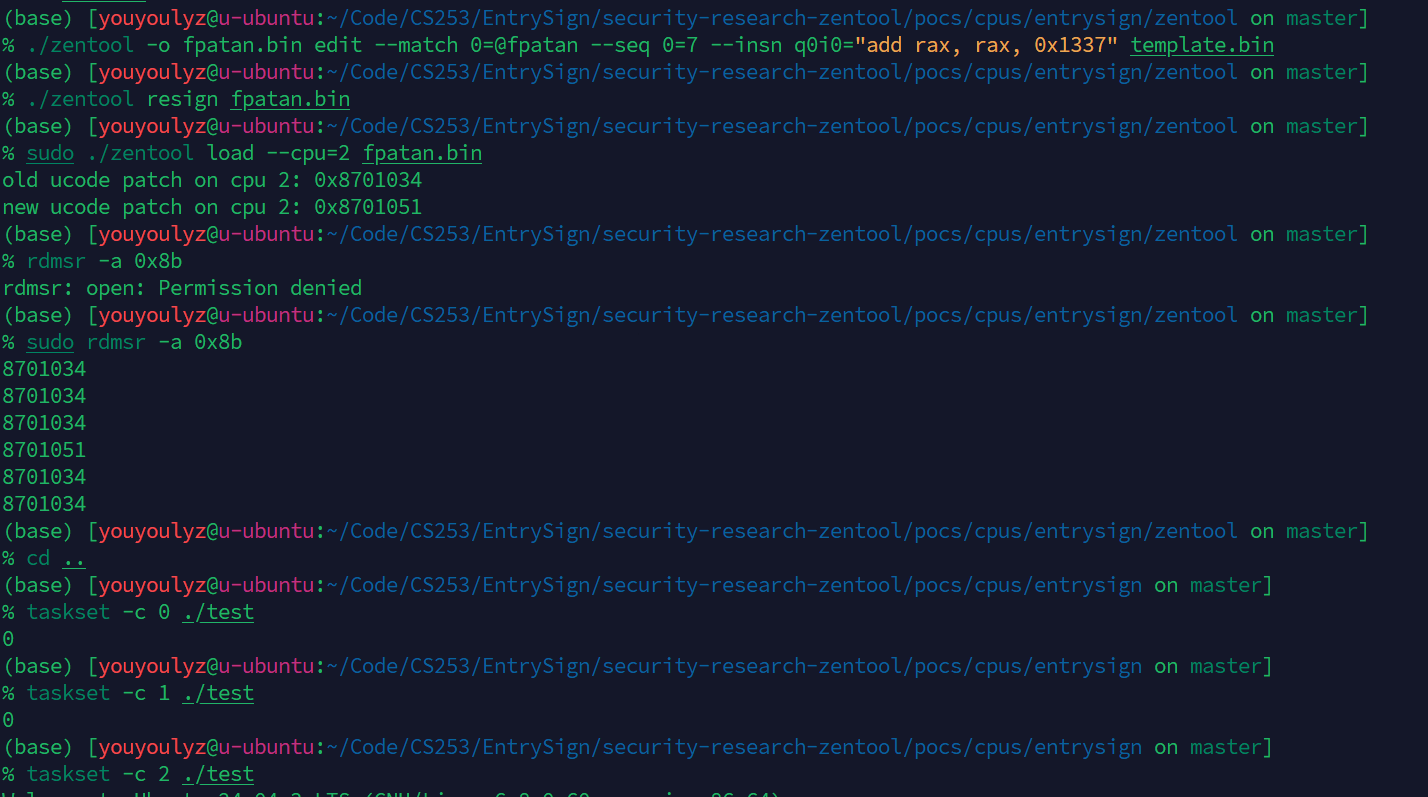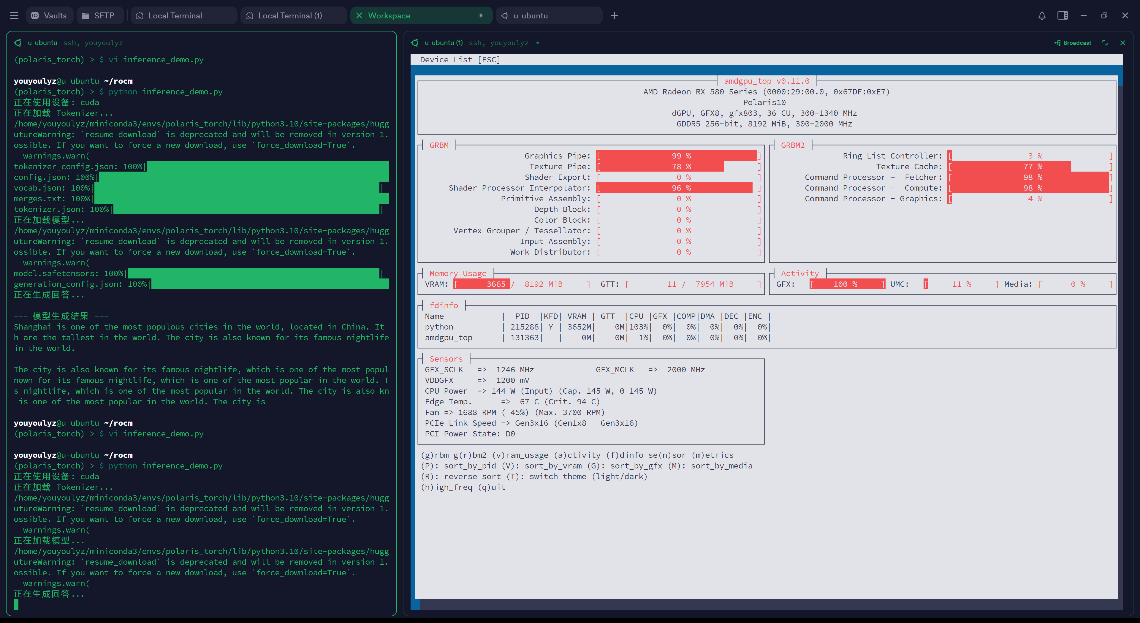最近入手了一台小主机,安装两块X340T2万兆网卡,计划用一块 128G 的固态硬盘搭建 ESXi 8.0 U2 并运行 OpenWrt 作为主路由。虽然硬件配置简单,但 ESXi 8.0 的默认分区策略和直通配置还是有不少坑。本文记录了从安装到网卡直通、以及 OpenClash 配置的全过程。
1. ESXi 8.0 U2 安装与空间拯救
ESXi 8.0 引入了新的分区机制,默认会预留约 128G 的 OSData 分区。对于只有 128G 硬盘的设备来说,这意味着安装完系统后将没有任何空间创建 Datastore(存储) 来存放虚拟机。
准备工作
- 镜像下载:H3C VMware ESXi 镜像下载
- 制作启动盘:使用 Rufus 将 ISO 写入 U 盘。
关键步骤:修改分区大小
插入 U 盘启动,在出现 ESXi 倒计时加载画面(黑底白字)时,立刻按下
Shift + O。在命令行末尾输入空格,追加以下参数:
1
systemMediaSize=min
注意:
min模式会将系统占用限制在 33GB 左右,从而为虚拟机留出约 90GB 的可用空间。如果不加此参数,128G 硬盘将无法创建存储。按回车继续安装,后续按照提示设置 Root 密码并完成安装。
2. ESXi 初始化配置
BIOS 设置
进入主板 BIOS,确保开启以下虚拟化选项,否则无法通过硬件直通:
- VT-x / VT-d (Intel) 或 SVM / IOMMU (AMD)
- SR-IOV (如果有)
ESXi 后台配置
- 激活与存储:登录 Web 后台,输入许可证,并确认
datastore1是否已自动创建(约 80-90GB)。 - 开启直通 (Passthrough):
- 进入
管理->硬件->PCI 设备。 - 找到用于 WAN 口的物理网卡,点击
切换直通。 - 避坑指南:千万不要直通管理网口(连接电脑的那个口),否则后台会失联。
- 进入
疑难杂症:直通报错修复
如果切换直通时报错 Cannot configure PCI-Passthrough on incapable device(常见于消费级网卡或多功能设备),需 SSH 登录 ESXi 修改配置文件:
1 | vi /etc/vmware/passthru.map |
保存后重启 ESXi 即可生效。
3. OpenWrt 虚拟机安装
镜像转换
- 下载 OpenWrt 固件(推荐 ext4 格式)。
- 下载 StarWind V2V Converter。
- 将
.img.gz解压后的.img文件转换为 ESXi 专用的.vmdk文件。
虚拟机创建
- 创建虚拟机:客户机操作系统选择
Linux->其他 Linux (64位)。 - 删除默认硬盘:删除自带的硬盘,重新添加“现有硬盘”,上传转换好的
.vmdk文件。 - 调整容量:
- 在 ESXi 中将硬盘大小修改为 1GB(或其他你想要的大小)。
- 为了让 OpenWrt 识别到扩容的空间,需要挂载一个 GParted ISO 镜像引导启动,在图形化界面中将分区拉大(Resize),应用更改后关机。
- 硬件直通挂载:
- 内存预留(必须):在
编辑设置->内存中,勾选 “预留所有客户机内存”。否则直通设备会导致开机失败。 - 添加 PCI 设备:选择之前直通好的物理网卡。
- 内存预留(必须):在
4. OpenWrt 网络配置
https://kvcb.me/2019/04/04/OpenWrt/ ; https://github.com/wangyu-/tinyfecVPN/wiki/%E7%94%A8openwrt%E8%B7%AF%E7%94%B1%E5%99%A8%E6%90%AD%E5%BB%BA%E9%80%8F%E6%98%8E%E4%BB%A3%E7%90%86%EF%BC%8C%E5%8A%A0%E9%80%9F%E5%B1%80%E5%9F%9F%E7%BD%91%E5%86%85%E6%89%80%E6%9C%89%E8%AE%BE%E5%A4%87 ;
https://flandre-scarlet.moe/blog/2016/
此时 OpenWrt 拥有两个网口:
- eth0 (虚拟口):连接 ESXi 的 vSwitch,作为 LAN 口管理。
- eth1 (直通口):直接连接物理网线,作为 WAN 口拨号。
修改 IP 地址
通过 ESXi 的控制台(VNC)进入 OpenWrt 命令行:
1 | vi /etc/config/network |
配置 LAN 口(根据自家局域网规划):
1 | config interface 'lan' |
重启网络服务:
1 | service network restart |
绑定 WAN 口
登录 OpenWrt Web 后台:
- 进入
网络->接口->WAN。 - 在
物理设置中选择直通的 eth1 接口。 - 协议选择
PPPoE(拨号)或DHCP(光猫路由模式)。
5. 配置 OpenClash
网络通畅后,安装 OpenClash 实现网络分流。
- 依赖安装:先更新软件包列表(如果使用的是非全功能版固件)。
1
2opkg update
opkg install libcap-bin ruby-yaml - 上传插件:通过 SFTP 将 OpenClash 的
.ipk包上传至/tmp目录并安装:1
opkg install /tmp/luci-app-openclash*.ipk
- 内核下载:
- 进入 OpenClash 插件设置,由于网络环境可能无法直接下载内核,建议手动下载
Dev和Tun内核,上传至/etc/openclash/core/目录并赋予执行权限chmod +x。
- 进入 OpenClash 插件设置,由于网络环境可能无法直接下载内核,建议手动下载
- 订阅配置:导入订阅链接,开启
Fake-IP模式以获得最佳性能。
总结
通过 systemMediaSize=min 参数,我们成功在 128G 硬盘上“抠”出了足够的空间;通过修改 passthru.map 和内存预留,解决了网卡直通的各种疑难杂症。这套方案非常适合利用闲置小主机搭建高性能的家庭网络中心。


